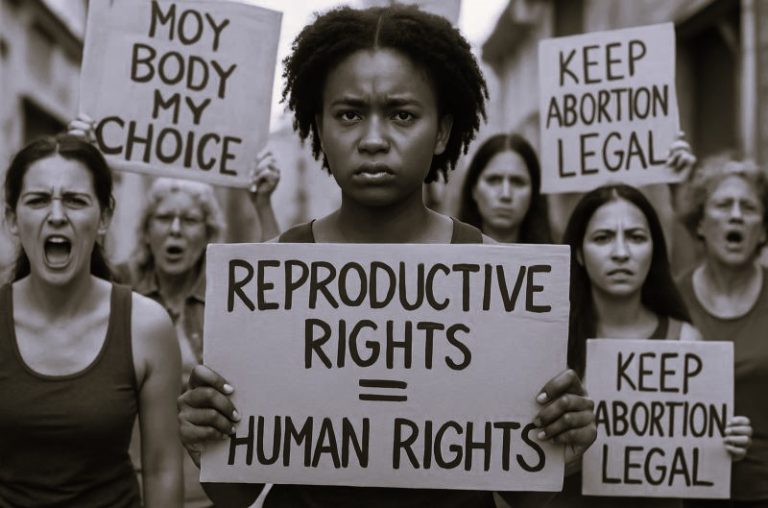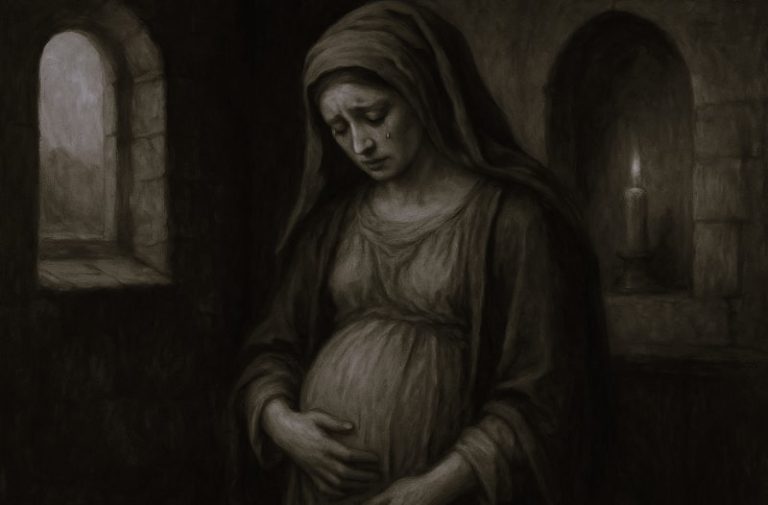

Births are forced even when a pregnancy cannot possibly result in a liveborn baby.
Infant mortality rates have increased in US states which have enacted abortion bans, a study has found.
Researchers estimate there were 478 infant deaths across 14 states which have outright bans or heavy restrictions – which they say would not have occurred had the laws not been in place.
The rise comes after the US Supreme Court reversed a ruling in 2022 that made abortion up to foetal viability a national right, allowing individual states to decide on whether to allow the procedure.
Alison Gemmill, co-leader of the study, said “restrictive abortion policies” could be “reversing decades of progress” in reducing infant deaths across the US.
The study, published this week by researchers from the John Hopkins Bloomberg School of Public Health, found an increase in mortality rates for babies born with congenital issues, as well as among groups where death rates already were higher than average.
This included black infants, as well as for babies whose parents were unmarried, younger, did not attend college, and for those living in southern states.
As of January 2025, 17 states have outlawed nearly all abortions, though some have narrow exceptions for cases of rape, incest or the health of the mother.






